Wildfires that can wreak havoc on human health, property and communities, could be detected by sensors on a constellation of satellites.
NASA’s Jet Propulsion Laboratory, in Pasadena, California, is working on a concept for a network of space-based sensors called FireSat in collaboration with Quadra Pi R2E, San Francisco.
Above: An animation showing how a proposed constellation of satellites with thermal infrared imaging sensors would locate wildfires. Credits: Quadra Pi R2E
FireSat would be a constellation of more than 200 thermal infrared imaging sensors on satellites designed to quickly locate wildfires around the globe. Once operational, FireSat would represent the most complete monitoring coverage of wildfires ever from space.
Robert Staehle, lead designer of FireSat at JPL, said:
“While many wildfires are reported by 9-1-1 calls soon after ignition, some are not, and delays in detection can lead to rapid escalation of a fire, and dramatic growth of the cost of suppression. The system we envision will work day and night for fires anywhere in the world.”
According to NASA:
The FireSat sensors would be able to detect fires that are at least 35 to 50 feet (10 to 15 meters) wide, within an average of 15 minutes from the time they begin. Within three minutes of detecting a fire from orbit, FireSat would notify emergency responders in the area of the fire, improving support for time-critical response decisions.
The sensors and their associated products for data analysis would also be able to locate explosions, oil spills and other dangerous events involving high heat around the globe.
Staehle’s team first presented the concept of FireSat in 2011 to the joint NASA/U.S. Forest Service Tactical Fire Remote Sensing Advisory Committee. The team has spent the subsequent years refining their understanding of fire monitoring needs and technological requirements.
Staehle added:
“Such a system has only now become feasible at a reasonable cost, enabled by advances in commercial microelectronics that NASA, JPL and universities have tested in space via CubeSat experiments, and by software technology originally developed to give Mars rovers and Earth orbiters more autonomy in their science observations.”
source NASA

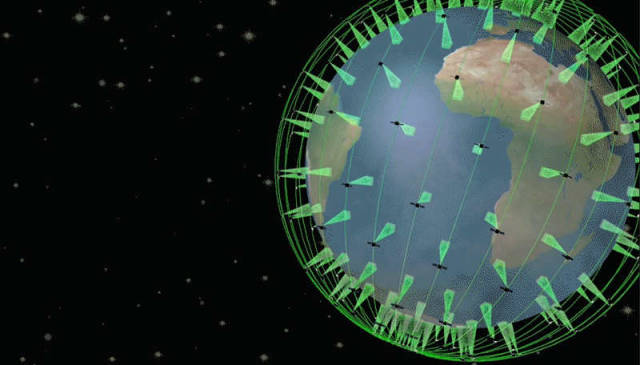
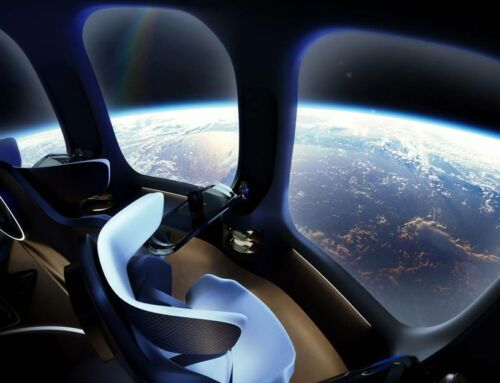
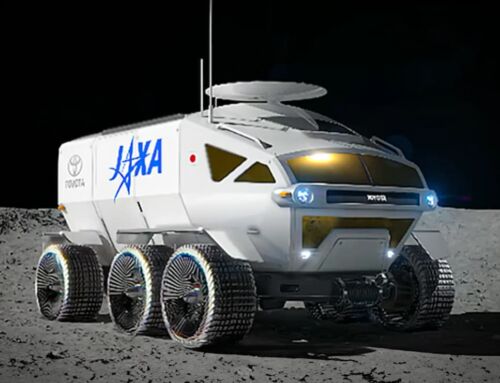
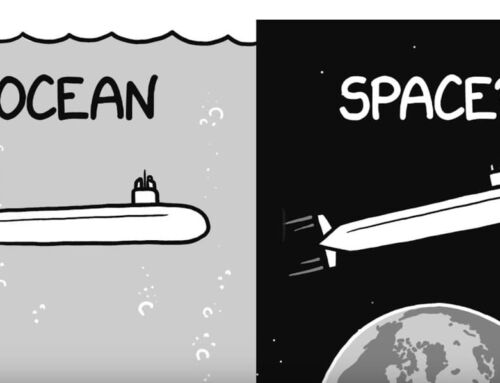
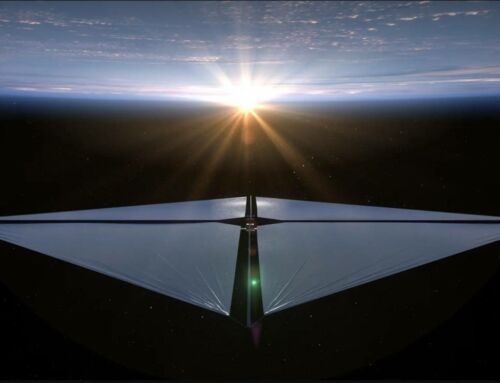
Leave A Comment